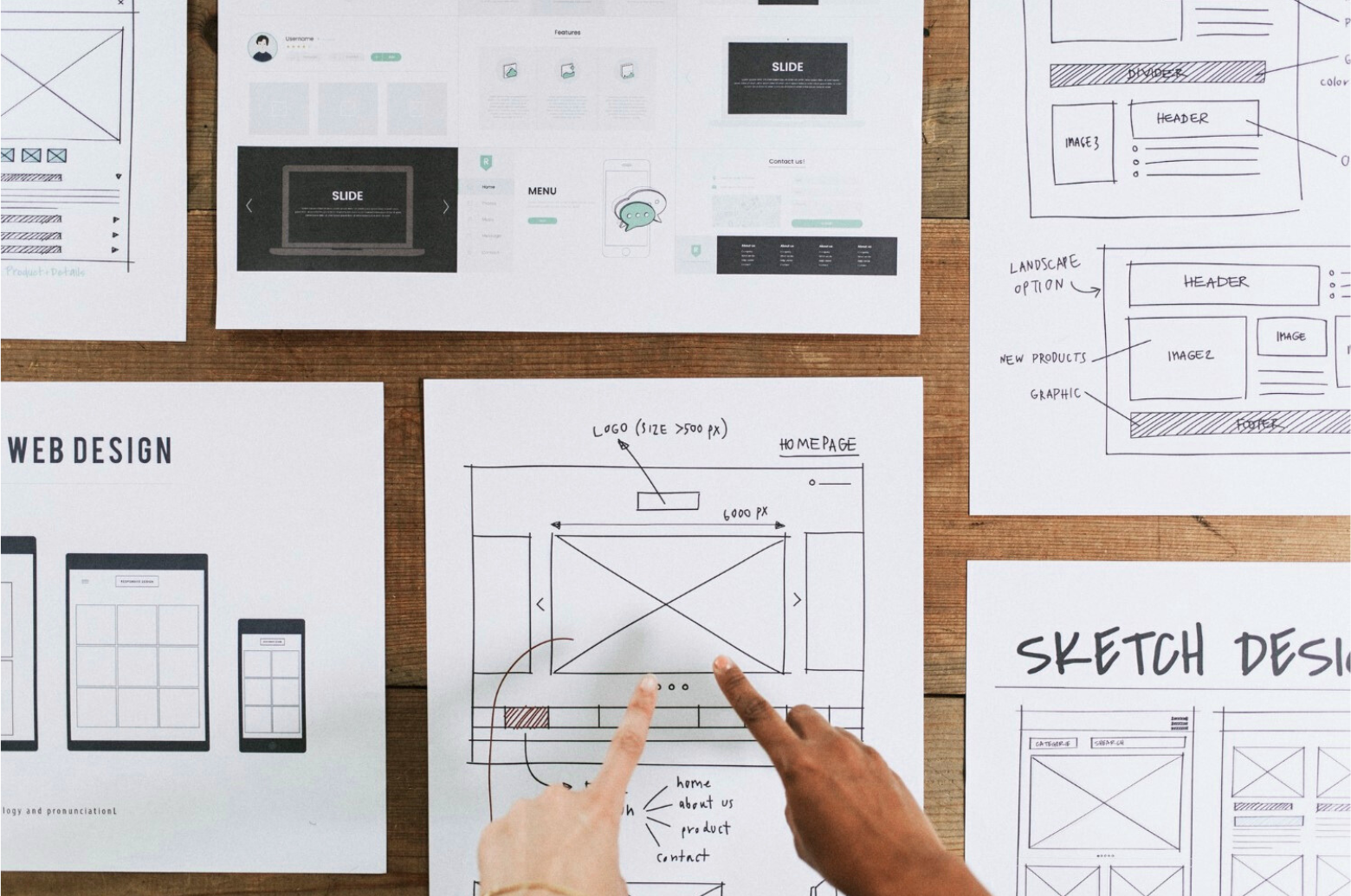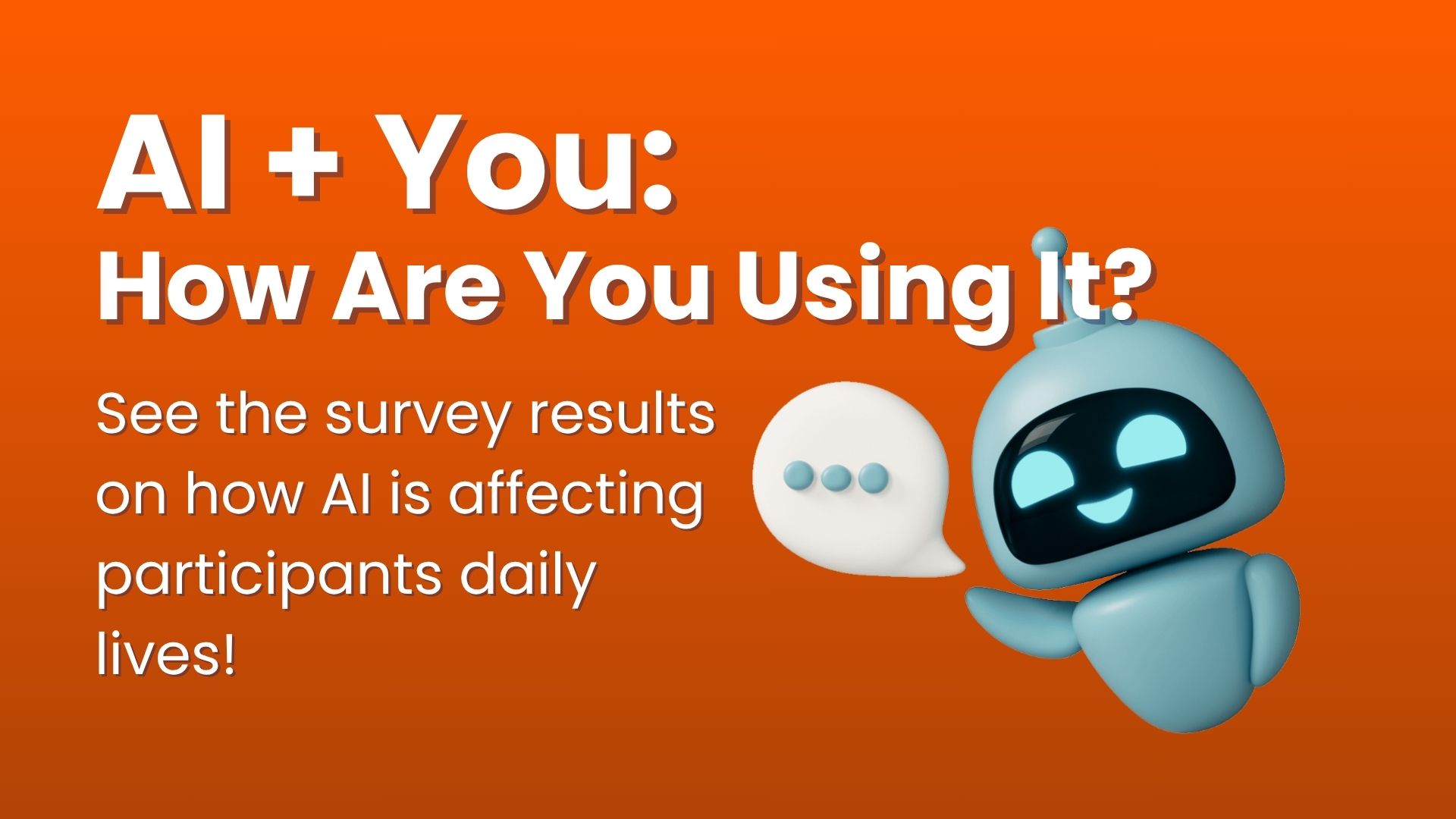Your website is more than just a digital brochure—it’s often the first impression potential clients have of your business. But like all things in business, websites age. Trends change. Technology improves. Your services evolve. What once worked perfectly might now be holding you back.
So how do you know when it’s time for a redesign—and where do you even begin?
Let’s break it down.
Signs It Might Be Time to Redesign
You don’t need to wait for your site to crash or your leads to dry up before considering a refresh.
Here are common signs it’s time to hit that “rebuild” button:
- Your site looks outdated
If your website still looks like it was built in 2014… it’s probably doing more harm than good. Visitors judge your credibility within seconds—and a dated design can instantly erode trust. - It’s not mobile-friendly
More than half of web traffic now comes from mobile devices. If your site isn’t responsive or feels clunky on a phone, you’re losing business. - Slow load times or broken features
A slow site frustrates users—and search engines. If your pages drag or plugins regularly break, it’s time for a performance overhaul. - Your brand has evolved
Maybe your services have shifted. Maybe your audience has. If your site no longer reflects who you are or what you do, it’s time to realign. - Low conversion rates
If people are visiting but not taking action—whether that’s filling out a form, making a purchase, or scheduling a call—a redesign can help improve UX and clarify calls to action.
What to Do First: Strategy Before Style
It’s tempting to dive straight into a new color palette, fonts, or homepage layout. But a successful redesign starts well before design.
Here’s what needs to come first:
- Revisit Your Website Goals
What should this new site actually do for your business? Whether it’s generating leads, streamlining communication, or showcasing your work, your design should support these goals at every step. - Understand Your Users
Who is coming to your site—and what are they looking for? Build your sitemap and content around their needs, not just what you want to say. - Audit Your Current Site
What’s working well? What’s outdated? Which pages still get strong traffic? An audit ensures you’re building on a solid foundation and not throwing away valuable assets. - Create a Content Plan
Redesigns are the perfect time to clean house. Consolidate, rewrite, and organize your content so it’s easier for users to navigate—and easier for Google to index. - Choose the Right Platform & Tools
Your site should be flexible, fast, and easy to maintain. Platforms like WordPress (with a trusted builder like Elementor or Beaver Builder) offer customization with room to grow.
A website redesign is an exciting opportunity—but also a big investment. Take the time to start with strategy, not just surface-level tweaks. With clear goals and a user-first mindset, your new site can do more than look good—it can work hard for your business every single day.









